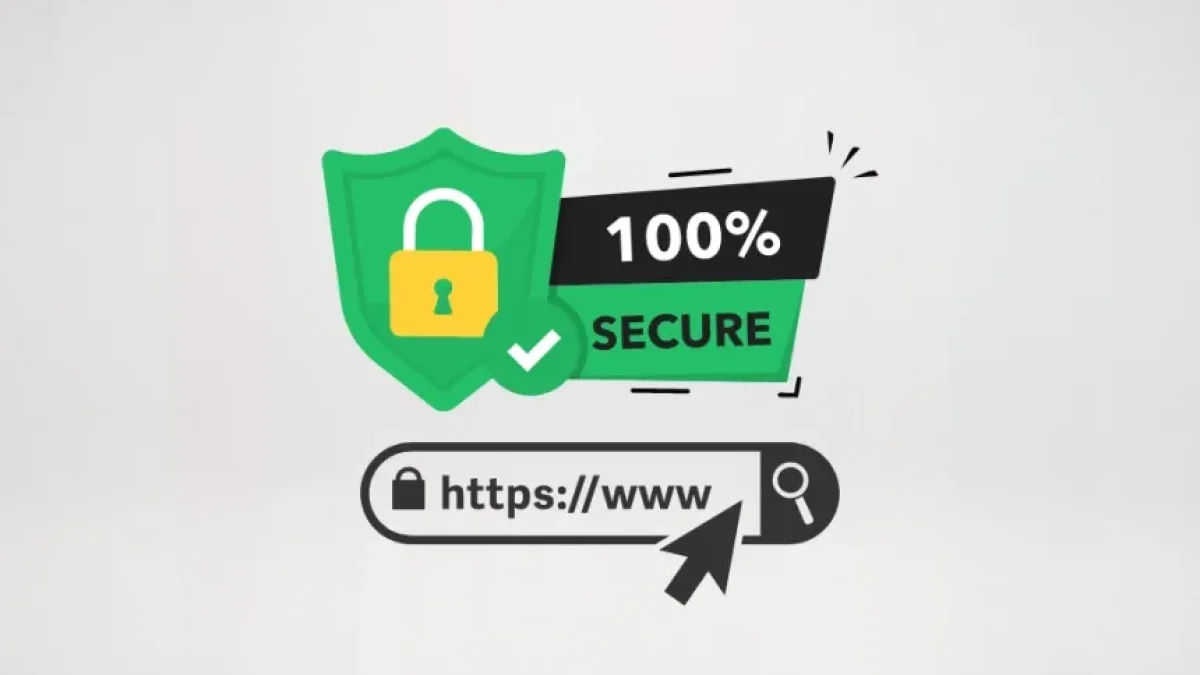Security in web applications is a critical aspect that should not be underestimated. With the rise of cyber attacks and the increasing importance of data protection, it is vital to implement best security practices. In this article, we will explore essential tips to ensure the security of your web applications.
Why is Web Application Security Important?
Web applications are an attractive target for attackers due to the large amount of sensitive data they handle. This can include personal information, user credentials, and other confidential data. The lack of proper security measures can result in data breaches, financial losses, and damage to a company's reputation.
Relevant Statistics
- According to an OWASP report, 60% of web applications are vulnerable to common attacks.
- The average cost of a data breach is approximately $3.86 million, according to IBM's report.
Essential Tips for Web Application Security
1. Implement HTTPS
Importance of HTTPS
Using HTTPS protects the privacy and integrity of data transmitted between the user and the server. HTTPS encrypts information, making it difficult for attackers to intercept data.
How to Implement It
- Acquire a trusted SSL certificate.
- Configure your server to automatically redirect HTTP traffic to HTTPS.
2. Input Validation and Sanitization
What Is It?
Input validation is the process of ensuring that all data received by your application comes from trusted sources and is in the expected format.
Best Practices
- Use whitelists for input restrictions.
- Properly escape data before processing or storing it.
3. Authentication and Session Management
Recommended Practices
- Implement multi-factor authentication (MFA) processes.
- Ensure that passwords are securely stored using hashing algorithms like bcrypt.
4. Access Control
Concept
Access management refers to defining who is permitted to take what actions in your application.
Strategies
- Implement the principle of least privilege (PoLP) for users and functions.
- Conduct regular audits of permissions and roles.
5. Protection Against Injection Attacks
Types of Attacks
Injection attacks, such as SQL Injection, are among the most common and dangerous. Attackers insert malicious code into your application’s inputs.
Prevention
- Use ORM (Object-Relational Mapping) or parameterized queries to interact with the database.
- Disable error display in production to prevent exposure of sensitive information.
6. Use of Web Application Firewalls (WAF)
Advantages of a WAF
A WAF acts as a filter that monitors and controls HTTP traffic to and from your application. It helps detect and block potential attacks.
Implementation
- Evaluate different WAF solutions (both cloud-based and on-premises).
- Configure custom rules to tailor them to your application’s specific needs.
7. Security Updates and Patching
Keeping your software, libraries, and dependencies up to date is crucial for protecting against known vulnerabilities.
Strategies
- Conduct regular security audits of your systems.
- Subscribe to security alerts to receive notifications about critical updates.
8. Continuous Auditing and Monitoring
Importance
Continuous auditing and monitoring allow you to identify potential vulnerabilities before they can be exploited.
Implementation
- Conduct penetration tests regularly.
- Use automated security analysis tools to identify and fix issues.
Conclusion
Web application security is an ongoing effort that requires constant attention. Implementing best security practices not only protects your data and that of your users but also helps build trust in your brand. By following these essential tips, you can significantly reduce the risk of compromising the security of your web application.
Implementing these security measures is vital for the success of any online project. By following each of these tips, you will be well on your way to protecting your web application from cyber threats.




















